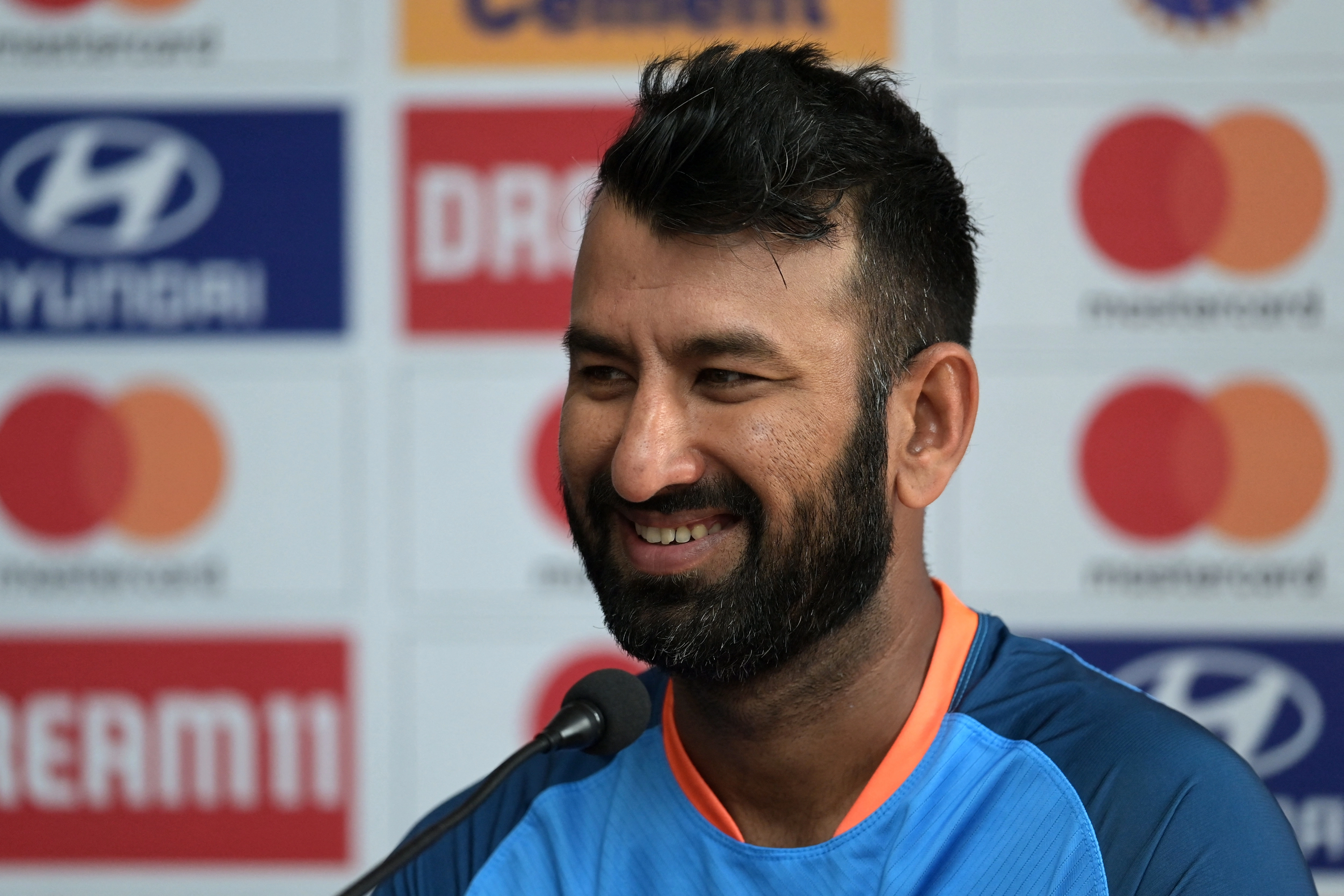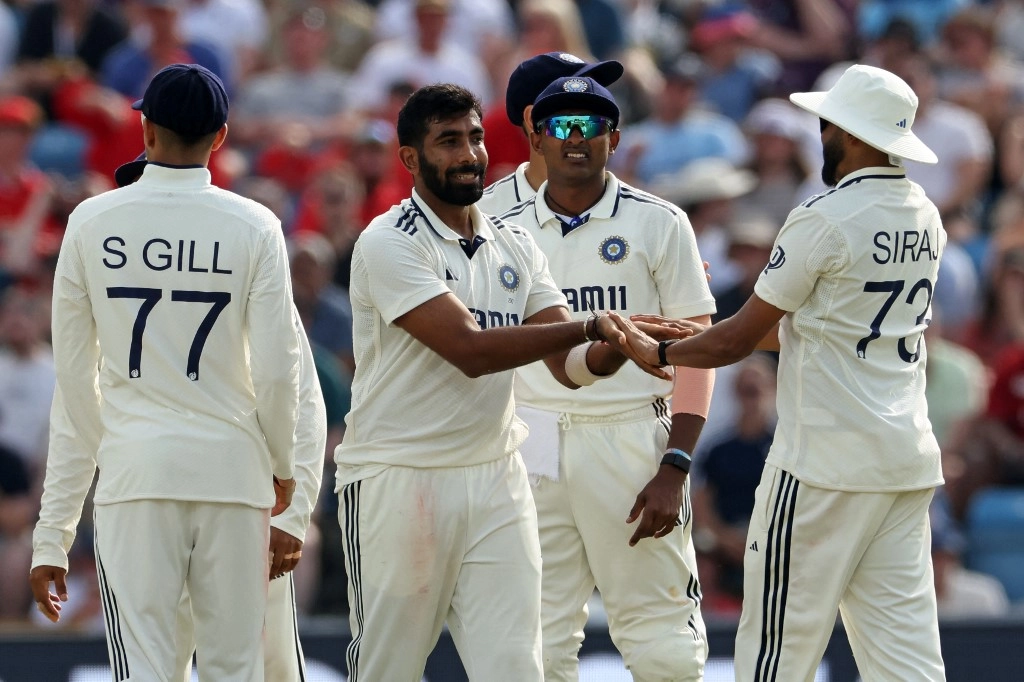The Board of Control for Cricket in India (BCCI) recently announced its annual player contracts, sparking considerable interest and speculation regarding the status of several key players in the Indian cricket team. Notably, both Rohit Sharma and Virat Kohli have retained their positions within the highest contract bracket, dispelling rumors of potential demotion. This decision reflects their significant contributions to the team and their enduring status as pivotal figures in Indian cricket. Despite fluctuations in form and performance over recent seasons, the BCCI seems committed to recognizing the experience and leadership that these seasoned players bring to the squad.
In contrast, Ishan Kishan’s situation has garnered attention due to reports suggesting that he may face a reduction in his contract category. As a young and promising wicketkeeper-batsman, Kishan has shown flashes of brilliance in the limited opportunities provided to him. However, the BCCI’s assessment likely considers a multitude of factors, including overall performance, consistency, and the emergence of other talents in the domestic circuit. While this could be a setback for Kishan, it also serves as a reminder of the highly competitive nature of Indian cricket, where players must continuously prove their worth to secure their positions and contracts.
The BCCI’s contract system is designed not only to reward performance but also to encourage players to consistently strive for excellence. The retention of Rohit and Kohli in the top tier highlights the board’s commitment to maintaining a stable leadership core as the team prepares for upcoming international fixtures and major tournaments. As the cricketing landscape evolves, the decisions made by the BCCI reflect broader trends in performance evaluation and talent management, ultimately impacting the future of Indian cricket. For emerging players like Kishan, this serves as both a challenge and an opportunity to elevate their game and secure their place in the national setup, fostering a culture of competition that is essential for the sport’s growth in the country.




